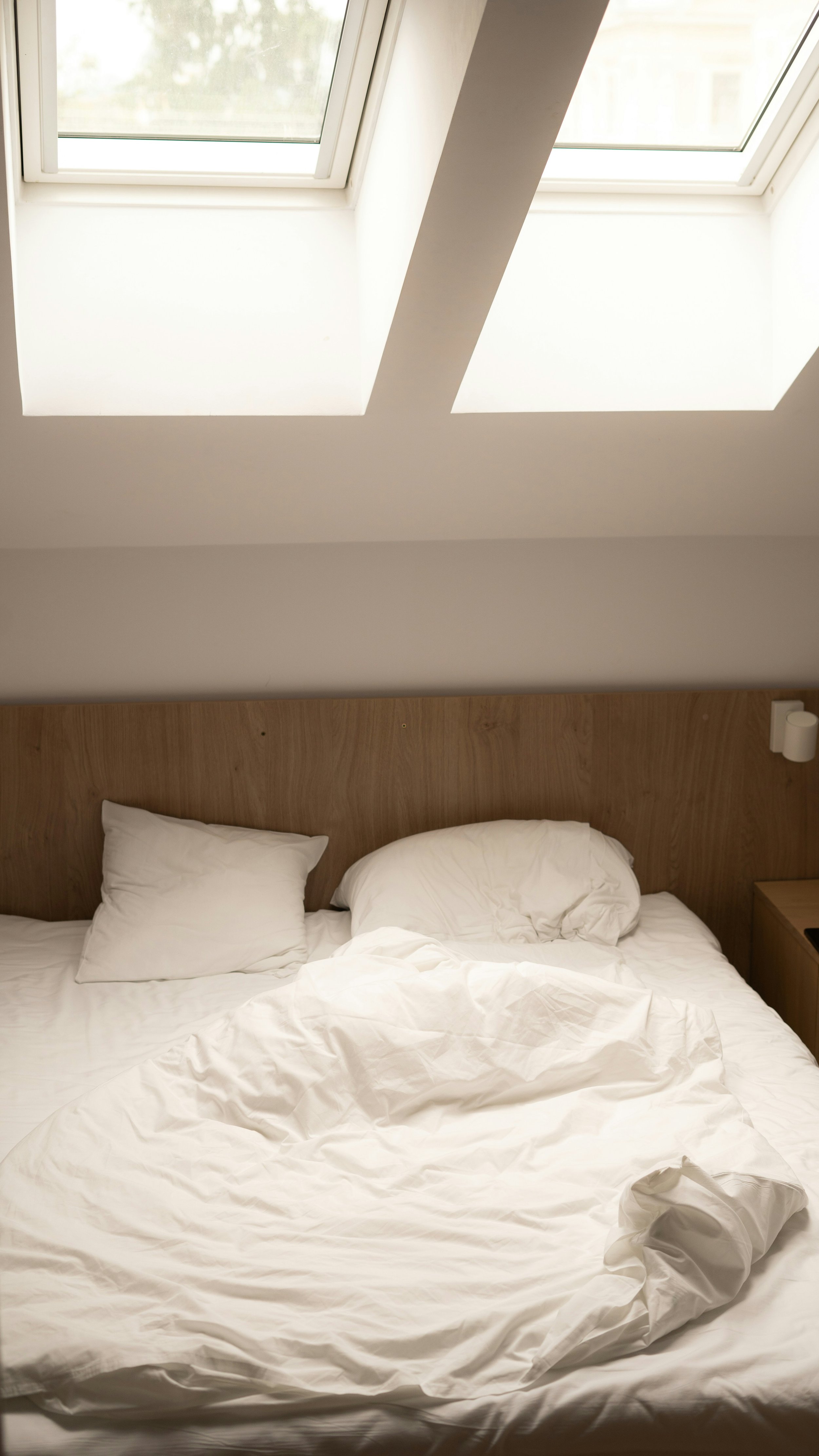What is Desire Discrepancy? And Why Does It Matter?
What is Desire Discrepancy? And Why Does it Matter?
Do you want the same amount of sex as your partner? Do you want the same type of sex as your partner? We tend to discuss desire discrepancy as the situation where one person in a monogamous couple wants more or less sex than the other. Folks tend to think of it in terms of an issue of frequency of sex, but it’s more nuanced. For instance, one person may want a certain position or type of sex that the other person isn’t interested in or one person may want to engage in a kink or type of BDSM that the other person isn’t interested in. It could even be that one person wants to have sex at night and the other wants to have sex in the morning. Desire discrepancy shows up in many subtle ways.
Some would argue that desire discrepancy is really just a normal phenomenon that happens in every relationship in varying ways. For instance, one person may want to watch football all day on Sundays and their partner might not want that. Or one partner may want Italian food for dinner, but their partner may not like Italian food as much. Just kidding. Who doesn’t like Italian food!? However, the point that we’re all unique and don’t necessarily want the exact same things at the exact same time holds water.
So that leads to a new question. Why is desire discrepancy a problem that leads to people going to sex therapy if it’s really that normal? And let me be clear, desire discrepancy is among the most common reasons relationships wind up talking to a sex therapist (McCarthy & Oppilger, 2019). The answer to that question is also fairly straightforward: there’s a substantial correlation between desire discrepancy and low relationship and sexual satisfaction overall (Mark, 2015). In other words, in relationships where a desire discrepancy exists, folks aren’t so thrilled for one reason or another.
The reasons behind desire discrepancy in couples are where things get complicated. Suddenly, the discussion is no longer about wanting sex three times a week, but rather, an exploration of stress, hormones, communication, body image, trauma, and everything else we see therapists to address. Desire discrepancy could be the symptom of unhappiness in the relationship, not simply the cause. McCarthy & McCarthy (2013) tell us that for folks who are in unhappy relationships, bad sex accounted for 50-70% of the problem. However, the reverse is also possible: problems in the relationship can spill over to a couple’s sexual connection. Avoiding sex can be a sign of deeper relationship distress (Mark et. al, 2018…and many people who’ve been in relationships before).
Due to the complicated nature of desire discrepancy, it can be very helpful to have a professional help you navigate through this paradigm. Therapy can help you tease apart what could be driving desire discrepancy for a couple and how to bridge the gap between what each partner needs or wants. I’m here to help and I won’t judge.
Works Cited:
Mark, K.P. Sexual Desire Discrepancy. Curr Sex Health Rep 7, 198–202 (2015). https://doi.org/10.1007/s11930-015-0057-7
Mark, K. P., Vowels, L. M., & Murray, S. H. (2018). The Impact of Attachment Style on Sexual Satisfaction and Sexual Desire in a Sexually Diverse Sample. Journal of Sex & Marital Therapy, 44(5), 450–458. https://doi.org/10.1080/0092623X.2017.1405310
McCarthy, B., & McCarthy, E. (2013). Rekindling desire. Routledge.
McCarthy, B., & Oppliger, T. R. (2019). Treatment of Desire Discrepancy: One Clinician’s Approach. Journal of Sex & Marital Therapy, 45(7), 585–593. https://doi.org/10.1080/0092623X.2019.1594475
Vowels, L.M., Mark, K.P. Strategies for Mitigating Sexual Desire Discrepancy in Relationships. Arch Sex Behav 49, 1017–1028 (2020). https://doi.org/10.1007/s10508-020-01640-y


